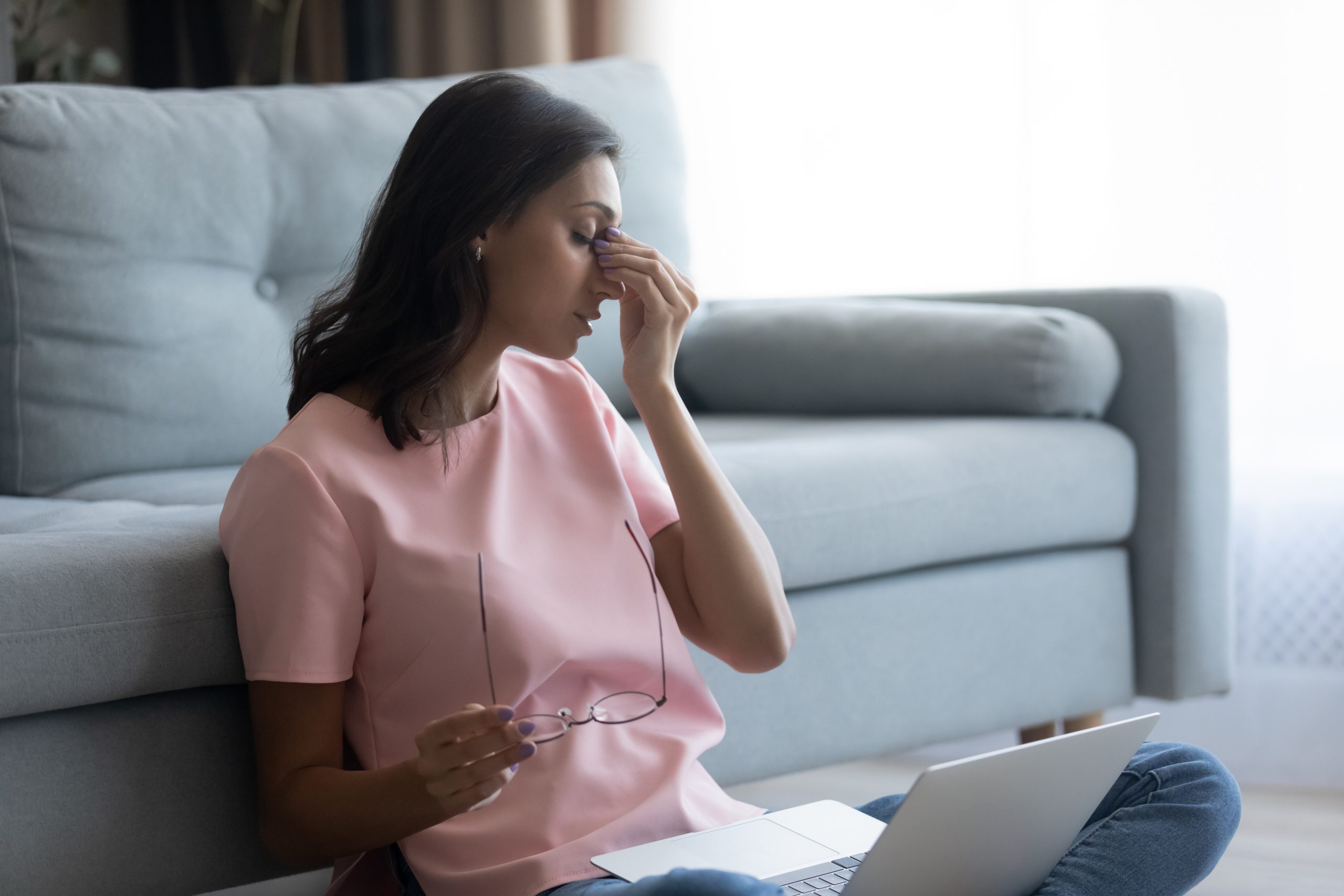Monitoring your screen time is essential for maintaining healthy eyesight, especially with the increasing use of digital devices in our daily lives. Prolonged screen time can cause eye strain, digital eye strain, and associated problems, such as headaches, neck pain, and dry eyes. Here are some reasons why monitoring your screen time is crucial for maintaining healthy eyesight:
Reduce eye strain: Prolonged screen time can cause eye strain, which can lead to discomfort, headaches, and other eye problems. Monitoring your screen time can help reduce eye strain and associated problems.
Prevent digital eye strain: Digital eye strain is a condition caused by prolonged exposure to digital devices, such as computers, smartphones, and tablets. It can cause symptoms such as eye fatigue, dry eyes, and blurry vision. Monitoring your screen time can help prevent digital eye strain and associated problems.
Improve sleep quality: Exposure to blue light emitted by digital devices can disrupt sleep patterns and affect sleep quality. Monitoring your screen time can help reduce exposure to blue light and improve sleep quality.
Reduce the risk of myopia: Myopia, or nearsightedness, is a condition where distant objects appear blurred. Prolonged screen time, especially in children, can increase the risk of myopia. Monitoring screen time can help reduce the risk of myopia by reducing eye strain.
Here are some tips for monitoring your screen time to maintain healthy eyesight:
Follow the 20-20-20 rule: Every 20 minutes, take a 20-second break, and look at something 20 feet away. This exercise can help reduce eye strain and improve blood flow to the eyes.
Reduce glare: Reduce glare by adjusting the brightness and contrast settings on your devices and using an anti-glare screen protector.
Blink frequently: Blinking helps lubricate the eyes and reduce the risk of dry eyes. Make a conscious effort to blink frequently, especially when using digital devices for an extended period.
Maintain proper distance: Maintain a proper distance from the screen to reduce eye strain. The ideal distance is about an arm’s length away.
Limit screen time before bedtime: Exposure to blue light before bedtime can disrupt sleep patterns. Limit screen time before bedtime and use blue light filters on your devices to reduce exposure to blue light.
Take frequent breaks: Take frequent breaks when using digital devices, and stretch your legs and body to reduce eye strain and associated problems.
Use the “do not disturb” feature: Use the “do not disturb” feature on your devices to reduce distractions and improve focus when using digital devices.
Consider using apps: Use apps that remind you to take breaks and monitor your screen time to promote healthy habits.
In conclusion, monitoring your screen time is essential for maintaining healthy eyesight. Prolonged screen time can cause eye strain, digital eye strain, and associated problems, such as headaches, neck pain, and dry eyes. Follow the 20-20-20 rule, reduce glare, blink frequently, maintain a proper distance, limit screen time before bedtime, take frequent breaks, use the “do not disturb” feature, and consider using apps to promote healthy habits. By incorporating these tips into your daily routine, you can reduce eye strain, prevent digital eye strain, and maintain healthy eyesight for years to come.

